IPEM Cannes 2024 – The Daily Spin – January, 25th
The shifting role of LPs was the overarching theme for the morning session of Day 2, at the 10th edition of IPEM in Cannes. After a full day of yoga,…
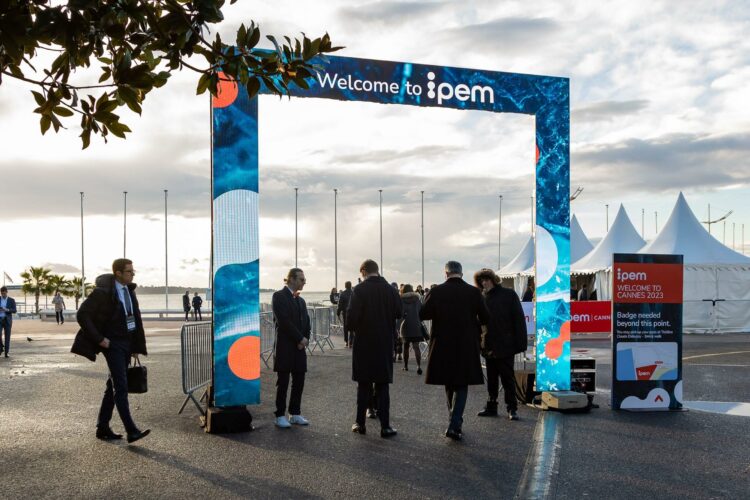
Find below all the Sessions Replay of DAY 1
Find below all the TV Studio Interviews of DAY 1
Find below the full Photo Gallery of DAY 1
After an incredible evening of drinks at IPEM 2023’s welcome gala at the Hôtel Le Majestic, Day 1 saw the Palais des Festivals abuzz with activity. The mood among the 3,000 delegates was effervescent, as many of Europe’s GP/LP community engaged in discussions during the Powertalk and Summit sessions around the central theme of “Reality Check?”
A palpable sense of anticipation for the year ahead was felt across the summit space, creating a feeling of positive energy and an atmosphere that by the end of the afternoon was fizzing, much like the champagne that some attendees were enjoying!
The morning session focused on how private market participants are adapting to new realities. With the macro environment remaining challenging, higher rates and higher inflation in Europe are expected to support private credit and infrastructure strategies but create potential complexity to private equity GPs. The feeling expressed by various panel sessions was that the deal outlook will likely remain subdued, requiring GPs to be more creative and more flexible, and managing portfolios will require a lot of work, as valuations fall.
During the afternoon, key themes covered sourcing opportunities within direct lending, within Europe’s still developing venture capital marketplace, and within new secular trends shaping our world, such as decarbonisation.
Buyout firms face a reduction in leverage and syndicated bank loans as the macro environment has, over the last 12 months, seen the US Federal Reserve consistently raise interest rates up to 4.25%. This has prompted the likes of Blackstone to facilitate its own debt arrangements with specialist credit lenders to complete, for example, the recent $14 billion takeover of Emerson Electric.
GPs will likely need to ask themselves a number of searching questions in 2023:
Ultimately, what characteristics does PE need to weather the macroeconomic storm?
Ivan Vercoutere, Managing Partner and Co-founder, LGT Capital Partners, speaking on the topic of “Building resilience in a downturn”, pointed out that the period since the GFC in 2008 has been “as good as it gets” for the PE industry, before the Fed started raising rates in 2022, with funds returning 2.5x on average. But that’s now changed, he said. The last five years of capital deployment – especially during 2020 and 2021 when corporate valuations were at record highs – will show who the real value creators are, when portfolio assets start to get realized over the coming years. In his view, loss ratios will likely become higher in 2023. As GPs adapt to the new reality, they will need to carefully manage their portfolios and add real value to justify their marks to market as they look to exit portfolio companies. Indeed, an audience poll during the morning session found that 81% believed 2023 would be a good year for portfolio management but only 28% cited fundraising. Exits only elicited 22% of responses, signaling a potential requirement for GPs to hold on to assets for longer to avoid taking a market write down on overvalued companies. As a couple of panel sessions noted, this need to hold for longer presents a quandary for GPs when fundraising and investors want to see the DPI from their current fund vintage.
In an energetic presentation, Ludovic Subran, Chief Economist, Allianz, gave his economic outlook for 2023. In his view, the US will enter recession while in Europe, governments will look to spend their way out of recession. This, he said, would benefit private markets in areas such as critical infrastructure and cybersecurity but would also come with additional regulatory scrutiny. One key point for GPs to be mindful of is the impact that wage growth pressure will have on the industry. “Wage war is coming,” said Subran, “creating a lot of tension among policy makers. People are going to be asking for more of the cake.” In other words, PE players might find that in this new reality, they will have to cede some of their hallowed ground in regards to financial reward. He further told the audience that he expected financial conditions to stay tight for some time, with the Fed likely to settle for a terminal rate of 5% or 5.5% in 2023.
In challenging times like these, it presents opportunities for investors to seek out new areas of value. “Value is finally coming back in our market, and we’re excited about this environment,” said Stephane Etroy, Head of European Private Equity, Ares Management, speaking on the panel session “Can one find value in current private markets?”
Pantheon’s Imogen Richards noted that PE secondaries and listed PE were two areas of interest for the firm in 2023. She said that at the GP level, Pantheon had noticed lower exits and deal activity (down 25% and 18% respectively) in 2022 and at the LP level, more of an interest to invest in private credit and infrastructure because of the inflationary protection they offer. “We don’t yet see signs of PE deal valuations falling but it is happening in the secondaries market, where there are some significant discounts. We expect to see more GP-led secondary deal activity in 2023,” commented Richards.
The panel, which also featured Paulo Eapen, Head of Europe and APAC Private Credit, Blackstone, made the point that if M&A activity is lower in 2023, “flexible capital” will be a key requirement for GPs. The cost of debt is 2 to 3% higher for deals and less leverage will mean lower valuations. GPs will need to be creative in terms of extending debt maturities, using capital for add-on acquisitions etc.
For LPs, while they must always be mindful of the macro, as investors this gets trumped by the micro. As Pantheon’s Helen Steers remarked, “in the end you’re investing in individual companies with GPs and selection is important. This gets exaggerated in a more difficult macro environment.”
To get comfortable allocating to GPs, investors like Pantheon and the Texas Municipal Retirement System spend even more time on their pre-investment selection process. Tom Masthay, Deputy CIO, Texas MRS, said that taking as many meetings as possible is key, to guard against its analysts cutting corners. “Don’t short circuits when there are more data points available,” he said. Steers echoed this. “We spend more time with GPs looking at their proof of concept, seeing what happened during events like COVID. What worked, what didn’t work, and what did they learn?” This is especially important with new GPs who don’t have scars on their backs, having not lived through and managed portfolios during previous times of market stress like the GFC and the dotcom bubble bursting. Masthay conveyed some degree of uncertainty related to the growing number of GP-led secondary deals. They are being motivated to sell assets on the secondaries market, he said, and asking their LPs to make asset valuation assessments, “which is what we pay GPs management and performance fees to do on our behalf”.
Women & diversity in PE Summit
The Women & Diversity in PE Summit touched upon a number of important themes. Moderated by Laura West of the British Venture Capital and Private Equity Association and Emily Pennec, Partner at Mayer Brown, the summit highlighted where the industry is today, in terms of diversity and inclusion, and how far it still has to go. Referencing a comprehensive data set compiled last year by Level 20, which revealed that 20% of investment professionals in Europe are women yet only 10% occupy senior positions, the summit sought to address the following question: “What needs to be done to change this?”
During the summit, it was made clear to the audience that while ESG and DEI is becoming a bigger priority among GPs and LPs, one of the key challenges is what LPs are doing with that data when it gets reported to them? How are they demonstrating the decisions that they’re making with that information? Right now, it’s not quite clear. Within PE firms, senior leadership need to fully understand that diversity and inclusivity benefits their organizations; one way to achieve this is by putting in place committees for diversity and inclusivity, with a broad representation of the whole organization. What is also needed is ongoing training and mentoring of younger female work colleagues to help them develop their career paths. This requires building a culture where they can strive for better and where they feel better able to juggle work with family life. The summit was highly engaging and signalled that plenty of further evolution on this critical topic is still needed, as the private equity industry continues to mature.
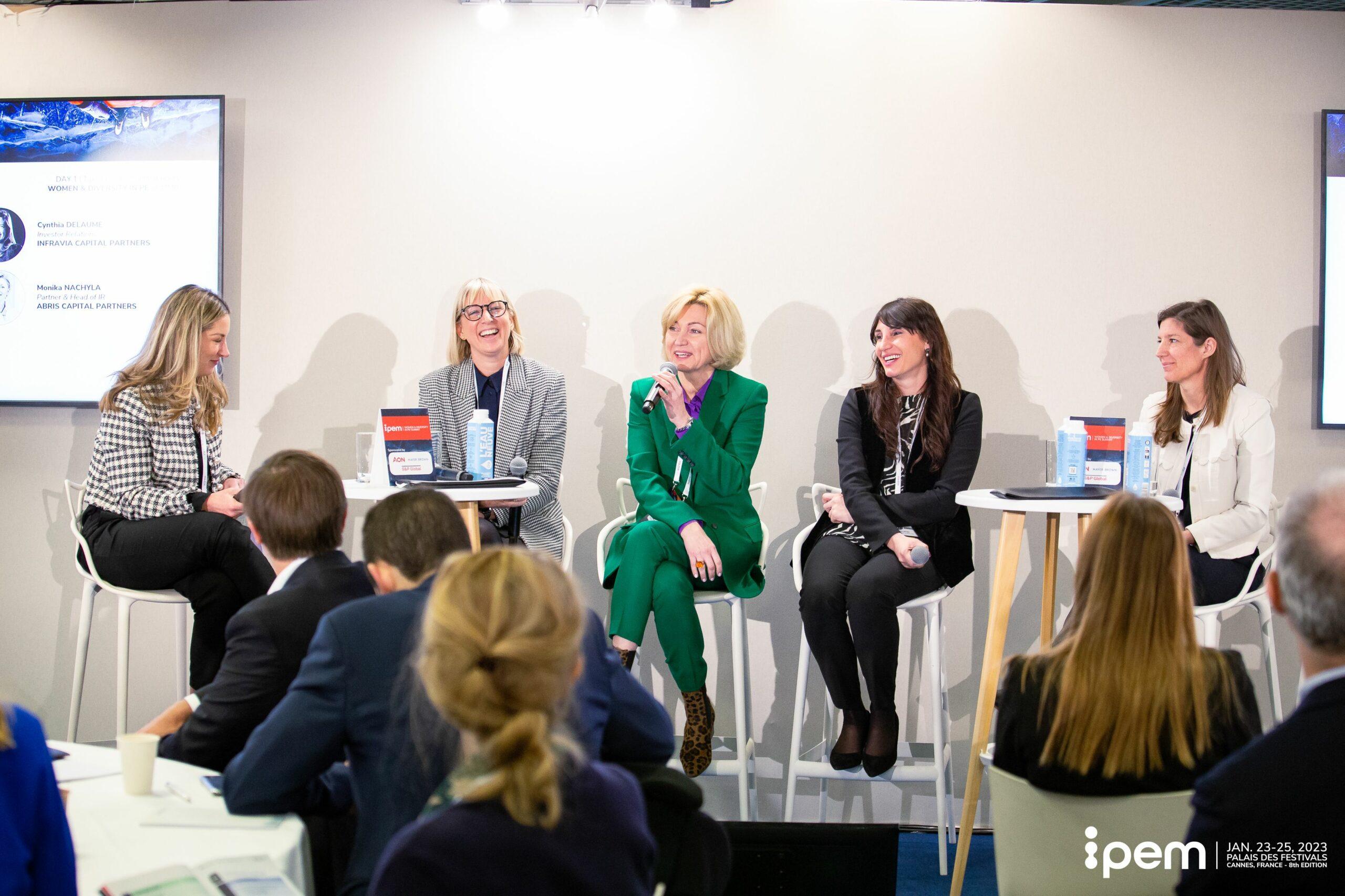
The focus of attention for Powertalks during the afternoon on Day 1 was on how GPs and LPs are sourcing opportunities in a changing context. Throughout the afternoon the panel sessions generated a lot of talking points and questions from the audience. The next twelve months is likely to present a combination of challenging headwinds and supportive tailwinds for global private markets, requiring GPs to further sharpen, and refine, the way they seek out new investments. Does VC need to learn anything new in how it approaches ODD from its bigger PE brother? Or will both ramp up their due diligence processes even further in 2023, as the risk environment prevails? There will surely need to be continued dialogue between GPs and LPs on deal sourcing – especially if they are co-investors – as dry powder is put to work.
The first of the afternoon panels, “Gauging the mood of the European PE Industry for 2023”, moderated by IPEM CEO Antoine Colson, highlighted how Europe’s industry associations are expecting private markets to open up more broadly to non-professional investors. Various associations like AIFI, LPEA and SpainCap are working on initiative to lower the investment hurdle to retail investors, with Stephane Pesch, CEO of LPEA highlight the European Long-Term Investment Fund (ELTIF) as an important fund structure to making this a reality.
The panel also discussed how ESG and climate risk is being addressed in private markets. Catherine Sherwin, Managing Director of AlixPartners, referenced a company survey they recently produced that showed ESG was still a low priority: only 18% of respondents cited ESG initiatives as a priority for generating value in portfolio companies. “ESG needs to be embedded in the company in terms of what it does, what its values are,” she said. Even so, it was noted among the panellists that they were seeing more laser sharp due diligence on ESG, as the industry continues to take steps to address how private market participants can effect positive change, not only in terms of the environment but also how PE can have a positive long-term impact on society. This is creating new areas of investment, such as decarbonisation. It is estimated that between EUR700 billion and EUR800 billion of investment will be needed, each year, until 2030 for Europe to reach its goals.
“We will see climate tech become completely mainstream,” said Przemek Obloi, CIO and Managing Partner, Blue Horizon. This was echoed by Franz Tieleman, Operating Partner, Ara Partners, who expects all of the big global institutions to build sector specialist teams to address the climate challenge “because there’s still so much to be done”. As a relatively new investment class, climate tech brings with it the benefit of a wide range of investment opportunities; anything from recycling technologies to refine engine motor oil, to agrifood and chemicals. But investors are setting their expectations just as high as they would in a typical tech buyout fund, for example.
Managers running these new climate tech funds need to prove they generate high returns and accurately measure environmental impact. “It’s financial performance and impact performance, not ‘or’,” stressed Jack Azoulay, Senior Partner, Argos WITYU. Tieleman said that one of Ara Partners’ investment critera is that a company has developed a product “that is 60% better in terms of carbon footprint and we then help that company grow.” While monitoring a wide number of indicators is needed in these funds, Azoulay noted that when it comes to reporting to investors the single most important KPI they use is CO2 reduction in each company the fund invests in.
Building conviction in this uncertain period can be challenging for investors. The key message from LPs today was the need to focus on growth businesses with strong cash flows in areas such as cybersecurity, fintech, and digital transformation, which will benefit from long-term thematic trends. To reassure their LPs, this is prompting GPs to back their portfolio companies with Antoine Lourtau, Partner at Park Square Capital noting that “on the private credit side we haven’t seen much of a slowdown. PE sponsors are looking for ways to add value to their portfolio companies through add-ins and keeping us very busy.”
Marc Frappier, Member of Eurozeo Executive Board and Managing Partner, Mid-Large Buout, stressed the importance of discipline in respect to the underwriting process, such as challenging valuation figures with deal teams.
On the direct lending side, Europe has experienced a secular structural shift which was further accelerated last year. “The philosophy of our investment strategy is downside protection,” said Amit Bahri, Co-Head European Direct Lending, Goldman Sachs, speaking on the panel “Is Direct Lending Entering its Golden Age, or Times or Doubt?” On the panel, it was noted that the kind of deals that direct lending investors engage in are less exposed to macro risks. Rather, the bigger risk is cash flows. Businesses that are not over-levered will perform well in this higher rate environment.
The general sense was that direct lending was indeed entering a golden age. “This is a good time to be investing,” said Lucas Pech, Director Private Debt, Golding Capital.
Henri Lusa, Managing Director, Partners Group, noted that smaller tickets and more diversification are typical in Europe, as managers look to enter in to club deal arrangements with other lenders. The benefit of club deals is you can end up with better solutions as long as you are lending with like-minded lenders. Borrowers too, want to diversify in terms of who they work with and are not necessarily interested in single lenders. Bahri said that in the current market environment, it is crucial to “stay close to the portfolio, have good dialogue with management teams and identify potential softening as early as possible”.
Infrastructure Summit
The first summit of the afternoon focused on infrastructure as an asset class. It looked back on 2022, before moving on to discuss the outlook for 2023 and whether or not now was the right time for private capital to once again look at nuclear power. The summit was moderated by Rene Pigot, Partner, Accuracy and Alexis Hojabr, Partner, White & Case.
The summit discussed why nuclear energy is a viable way to decarbonize the economy as the industry continues to develop low emission technologies and Europe, as a region, looks to achieve net zero. Moreover, the surge in fossil fuel energy prices as a result of the war in Ukraine has brought nuclear energy back into the conversation among leaders and policy makers. Indeed, the EU taxonomy which was put in place last year will massively redirect investment towards sustainable projects. Belgium and South Korea are developing innovative strategies to recycle spent nuclear fuel rods, which if successful could alter people’s perceptions of nuclear and make it more socially acceptable. In Europe, there are plans to double its nuclear capacity by 2050, with the addition of more than 30 gigawatts per year. Nuclear fusion technology is also accelerating at a fast pace, although it remains in the experimental stage. If fusion technology takes off, with the development of small model reactors and advanced model reactors, which produce less waste, then Europe could find nuclear energy becoming a more prominent part of its long-term energy sustainability mix. The overall outlook on infrastructure appears very positive, with energy independence providing a significant tailwind.
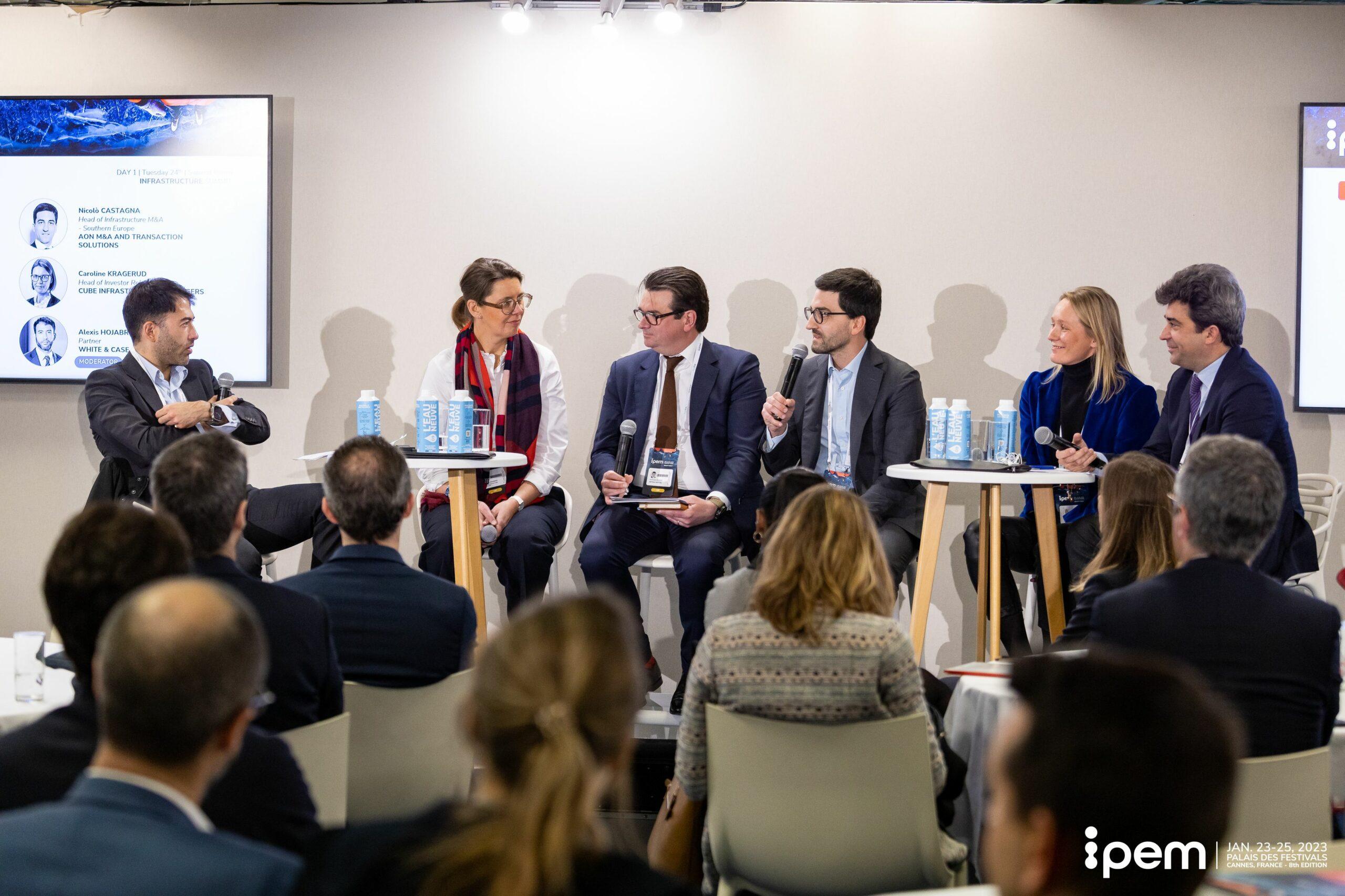
Private Debt Summit
The second summit of the afternoon focused on private debt. It discussed in detail how private debt investors are thinking about stress testing their portfolios in the current environment, the types of considerations that go in to their decision-making process, and what the next frontier of leverage looks like. It was noted during the summit that sponsor-less transactions offer better risk-adjusted returns than sponsor-backed transactions. This is because sponsors are squeezing the debt providers – given there are now more choices available – to make sure they get the best leverage terms locked in. To avoid this, some private debt managers focus exclusively on family-owned businesses that are very cautious on leverage as they don’t want to put at risk what might be a multi-generational company. There is a degree of caution and conservatism, therefore, among entrepreneurs and families. It was noted that within the sponsor-backed senior debt world, there’s an entirely different risk return curve between larger transactions, which are heavily negotiated, and mid-cap and small-cap transactions, which are often bilateral arrangements. ESG, NAV financing, risk/returns expectations, and different approaches to sourcing investment opportunities were all discussed in detail, providing the audience with a huge amount of valuable information on this important area of private markets investing.
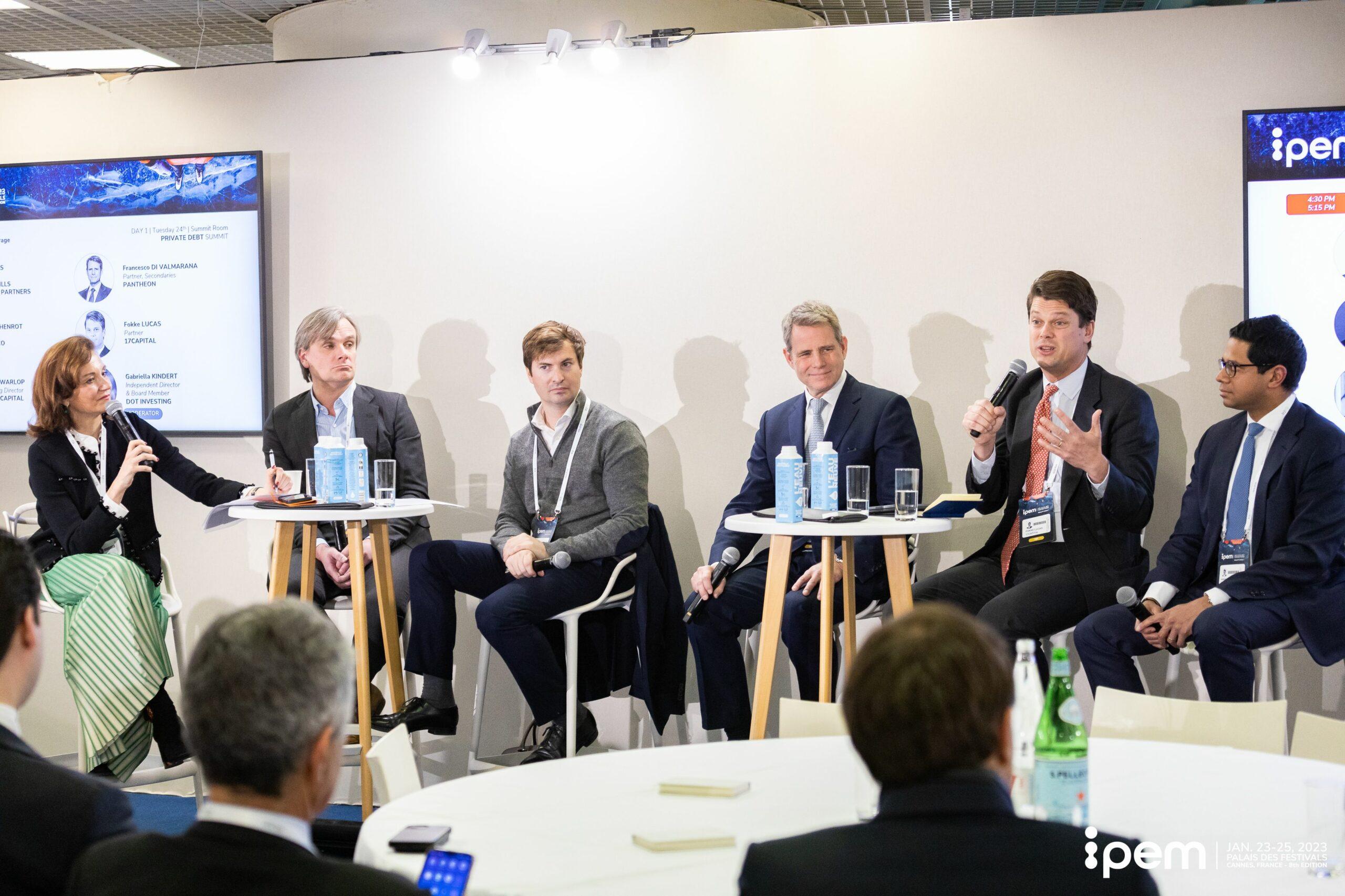
Thank you to all IPEM SPONSORS!
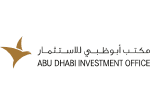


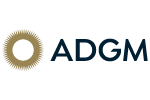





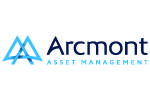



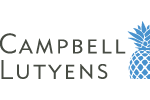

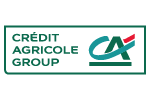

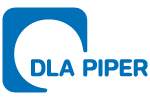
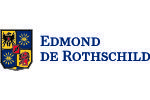


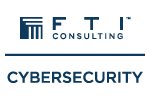





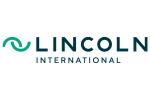
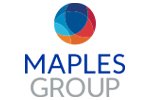
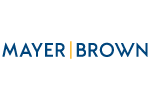
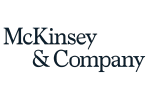




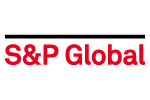
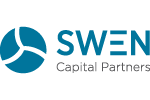
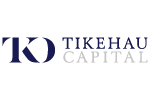

And all IPEM INDUSTRY & MEDIA SUPPORTERS
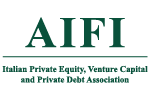
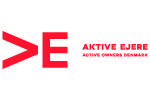

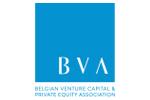

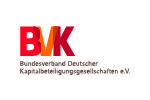
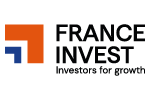
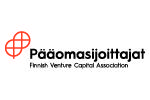
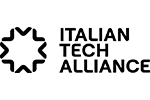

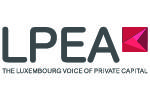







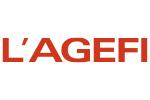







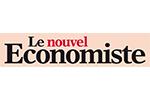





The shifting role of LPs was the overarching theme for the morning session of Day 2, at the 10th edition of IPEM in Cannes. After a full day of yoga,…
Fill-in the information below to submit your event.
Fill in the information below to download the Survey.
Fill in the information below to download the Product Catalog.
Fill in the information below to download the Investor Package.
Fill in the information below to register as a journalist.
Fill in the information below to download the Factsheet.
Fill in the information below to download the Product Catalog.
Fill in the information below to download the list of firms.
Fill in the information below to download the LP Package.
Fill in the information below to download the Factsheet.
Fill in the information below to download the Wealth Discovery Package.
Fill in the information below to download the IPEM Playbook – Navigating the Wealth Revolution.
Fill in the information below to download the Factsheet.
Fill in the information below to download the Full Report.
Fill in the information below to download the Product Catalog.
Fill in the information below to download the IPEM LP Package 2025.
Fill in the information below to download the Program.